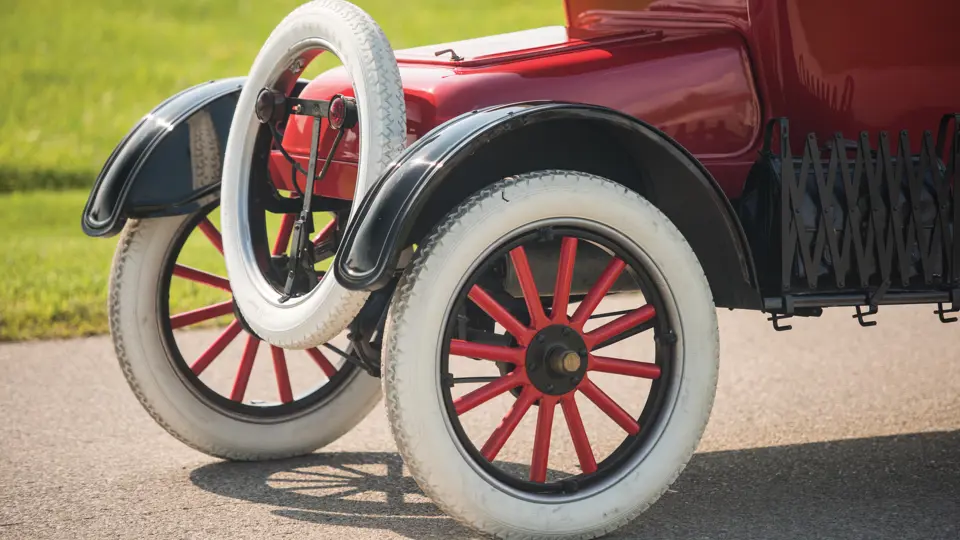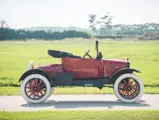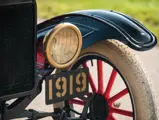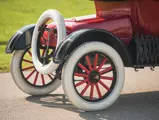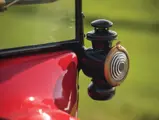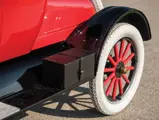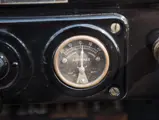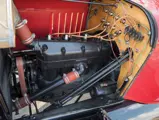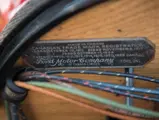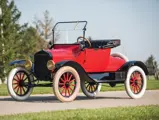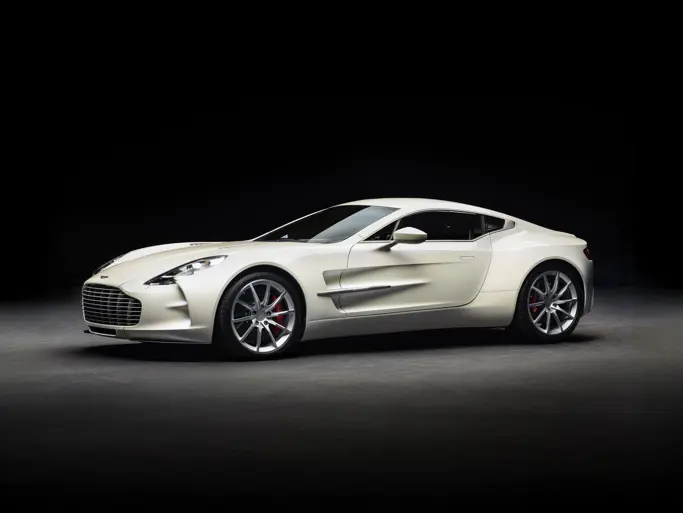20 bhp, 176.7 cu. in. L-head inline four-cylinder engine, two-speed planetary transmission, solid front axle with transverse semi-elliptical leaf spring, live rear axle with transverse semi-elliptical leaf spring, and two-wheel mechanical drum brakes and transmission brake. Wheelbase: 100 in.
Over its astounding 19-year production run, the Ford Model T not only revolutionized automobile production, it fundamentally changed the daily lives of millions of Americans. Originally priced from $600 when the first examples left the Piquette Avenue factory floor in 1908, the Model T was available for as little as $260 by the time production ended in 1927, thanks to Henry Ford’s carefully refined assembly process and emphasis on standardization. Ultimately, when Model T production was finally discontinued in favor of the new Model A in 1927, more than 15 million examples had been produced.
While the Model T was indeed quite antiquated well before its production ended, it benefited from steady improvements year after year and thereby easily adapted to virtually all operating conditions and requirements. Its startling durability was the direct result of Ford’s early decision to utilize high-tensile strength vanadium alloy steel for many of the Model T’s components, resulting in a much lighter, yet stronger vehicle than its competitors.
For 1917, Ford took the Model T into a new era. Although the bodies remained much the same, the car’s appearance was dramatically altered by new fenders and the near elimination of exterior trim. The fenders were now crowned and curved, and the brass brightwork had disappeared. The radiator was also a sheet-metal shell that was painted black.
This Canadian-built roadster is finished in a sporting red over black combination (as compared to all-black). The spoked wheels are painted in matching red and shod with white rubber tires. The Model T has been nicely restored and features a black grained leatherette top, buttoned artificial leather seating, a black rubber floor mat, and a rear-mounted spare tire. As was standard on this model, the instrumentation is comprised of only an ammeter. Although electric starting was optional until 1923, this car is so equipped. The car’s paint presents nicely, while the rest of the car appears equally well-maintained, including the minimal brightwork, which is plated in nickel.
This roadster is ready to run about, and its new owner is sure to enjoy it.
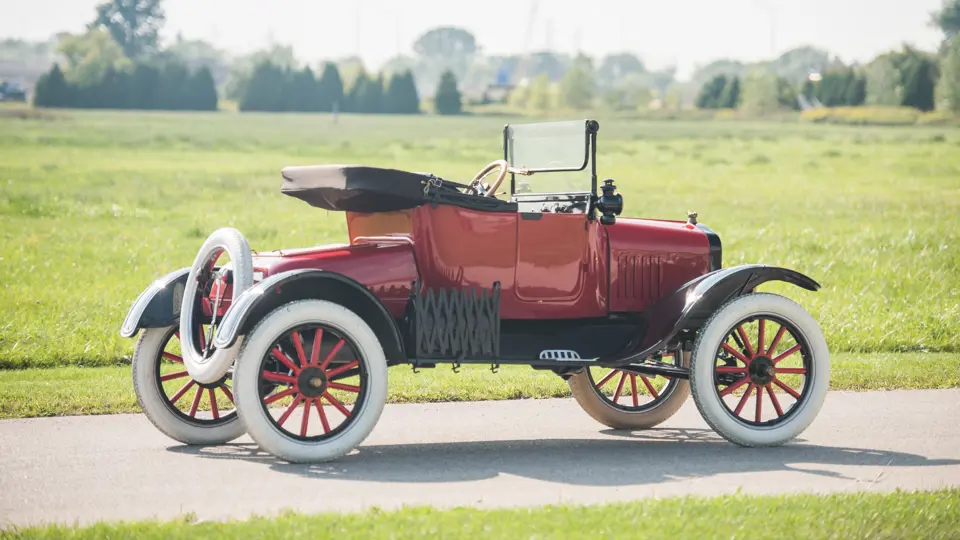
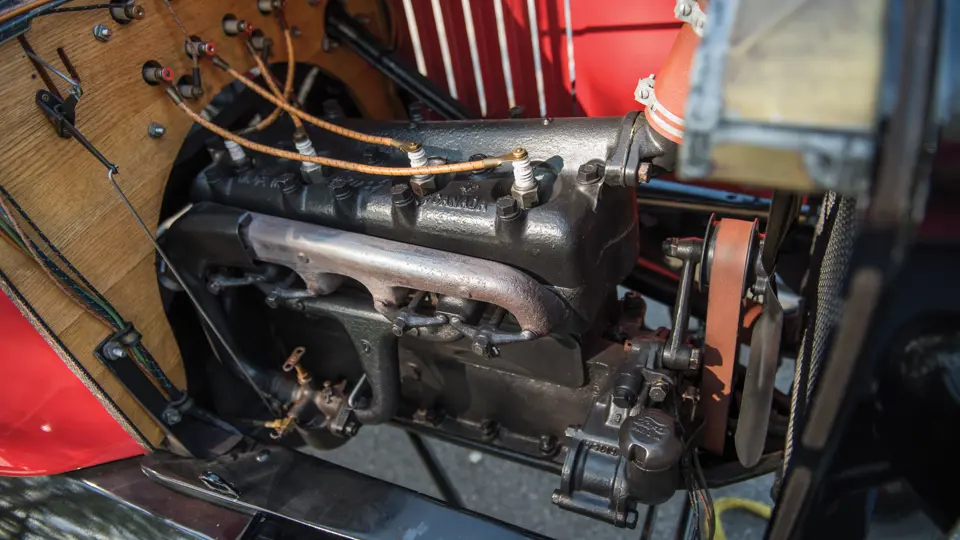


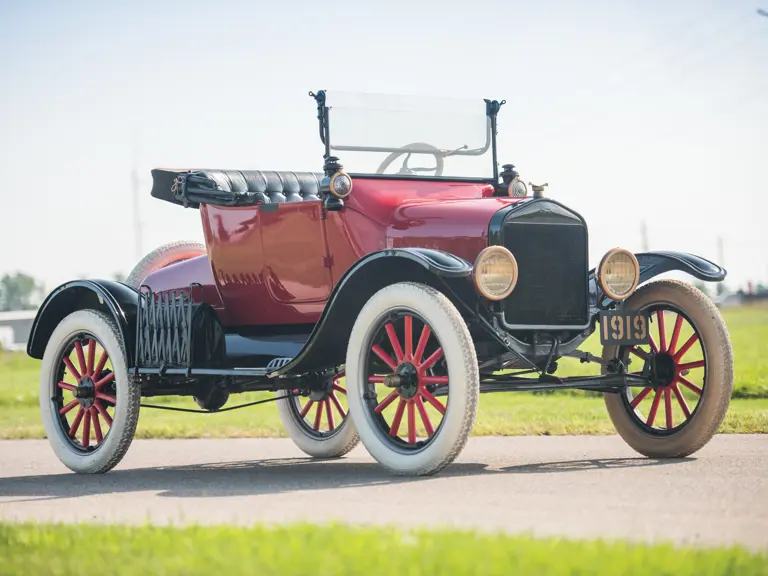
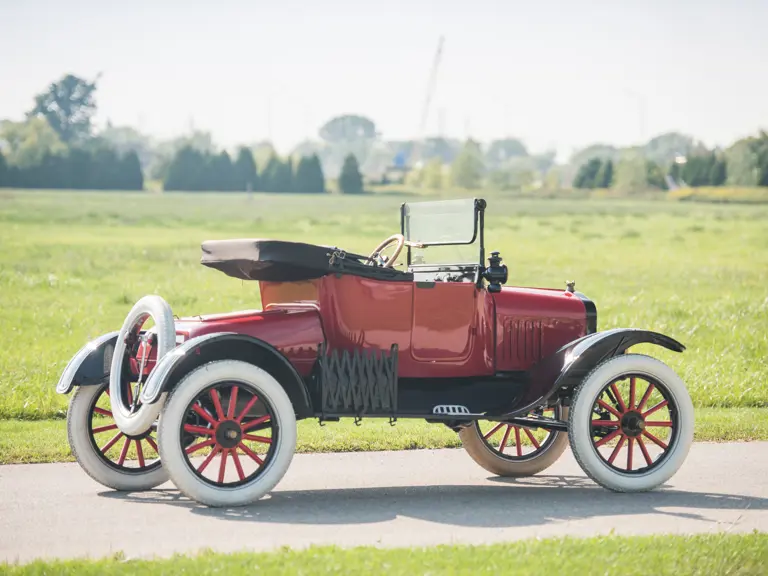
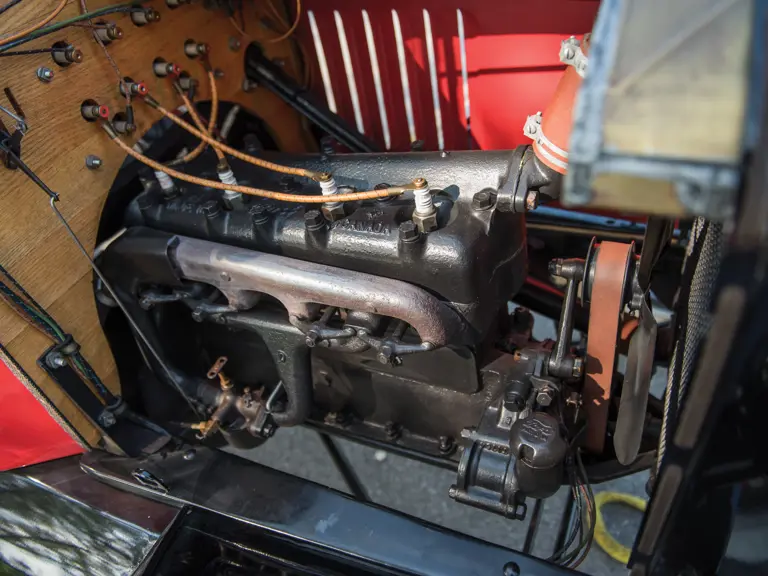
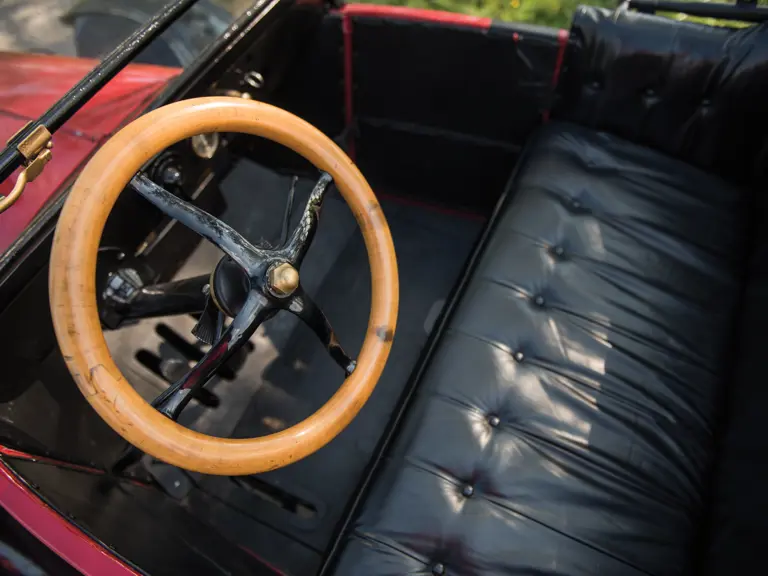


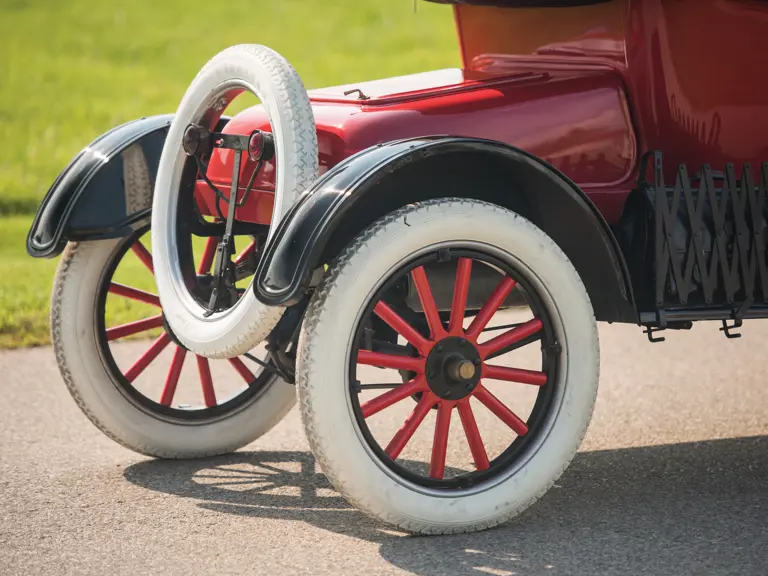
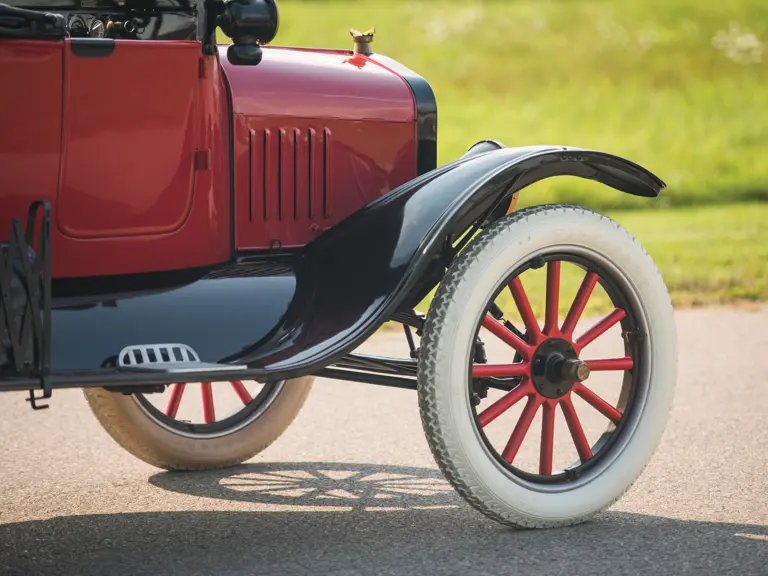
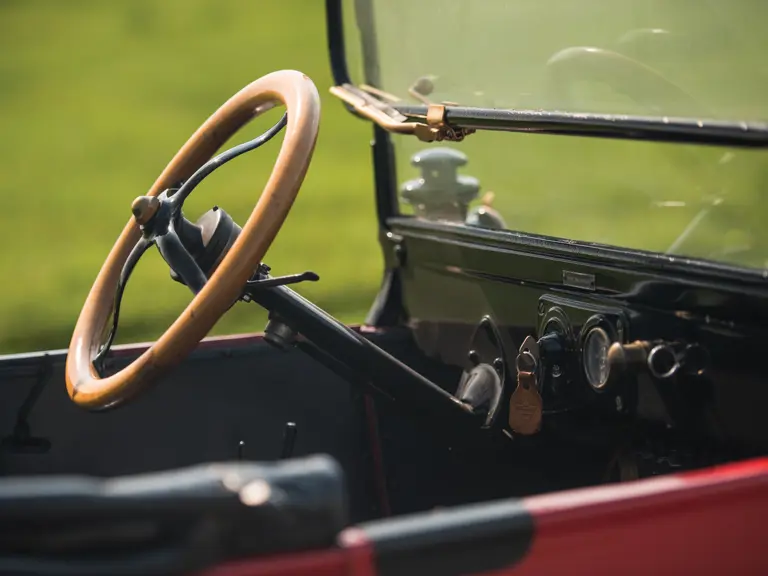

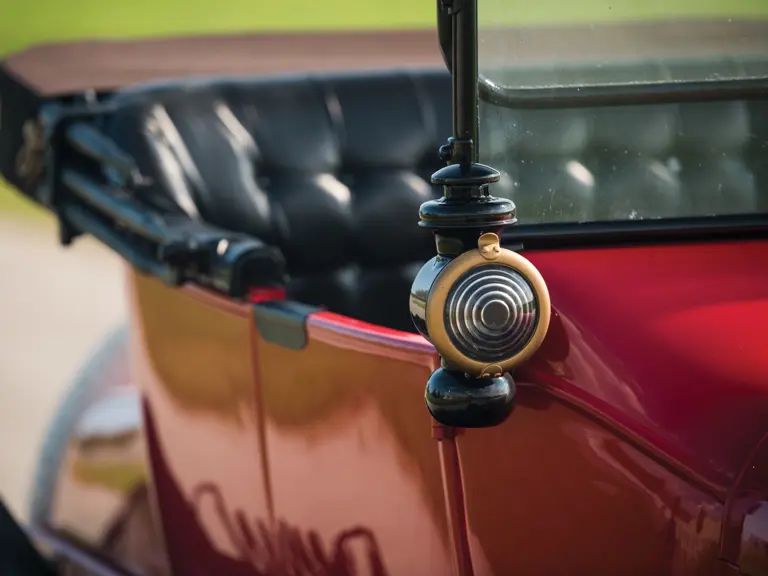
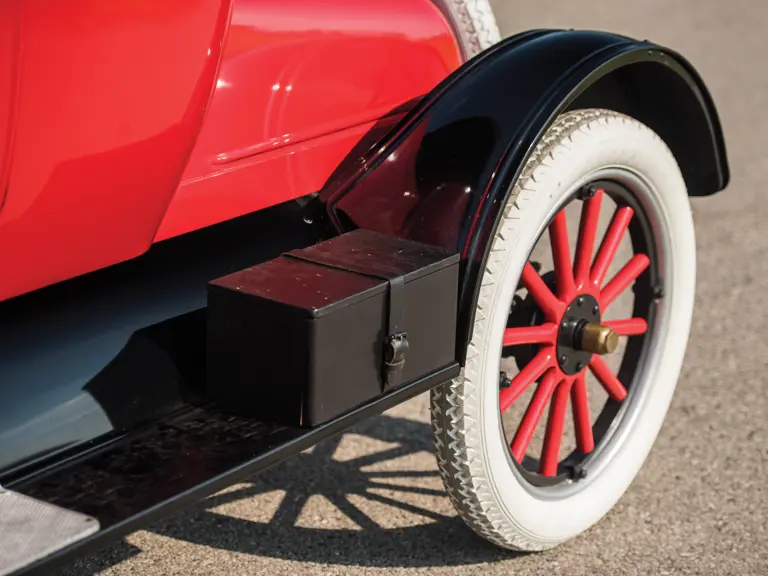
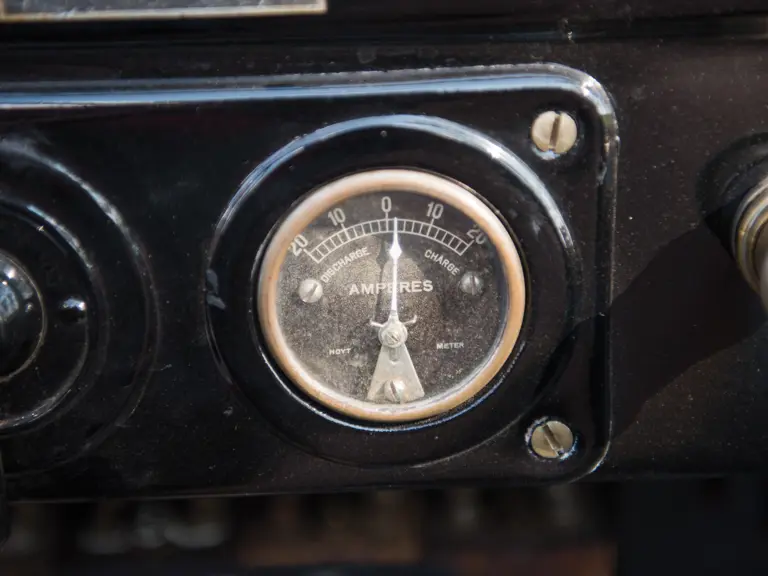
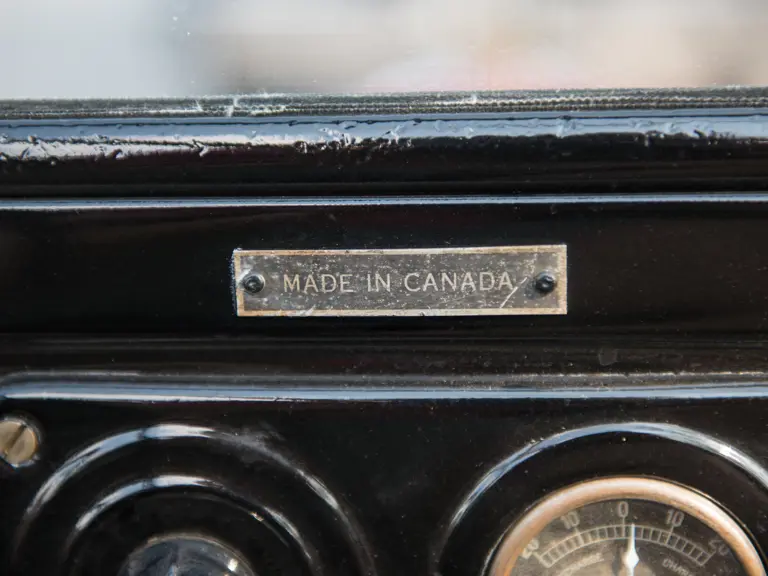
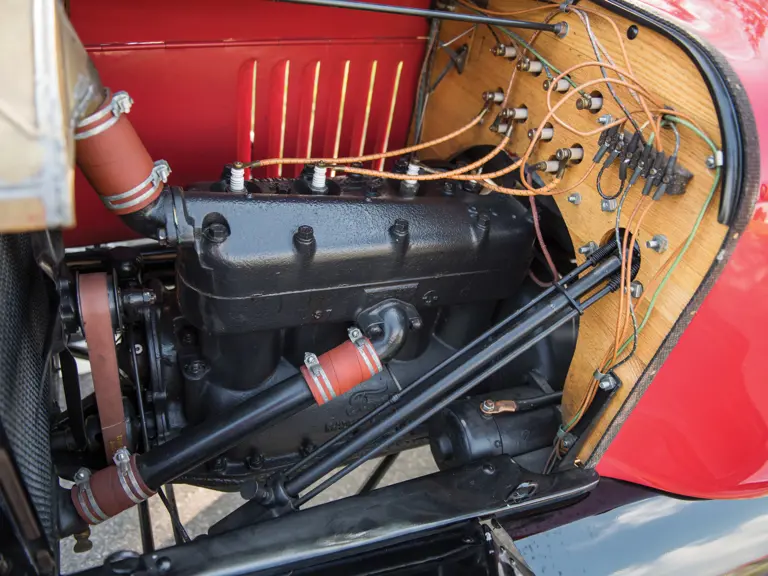
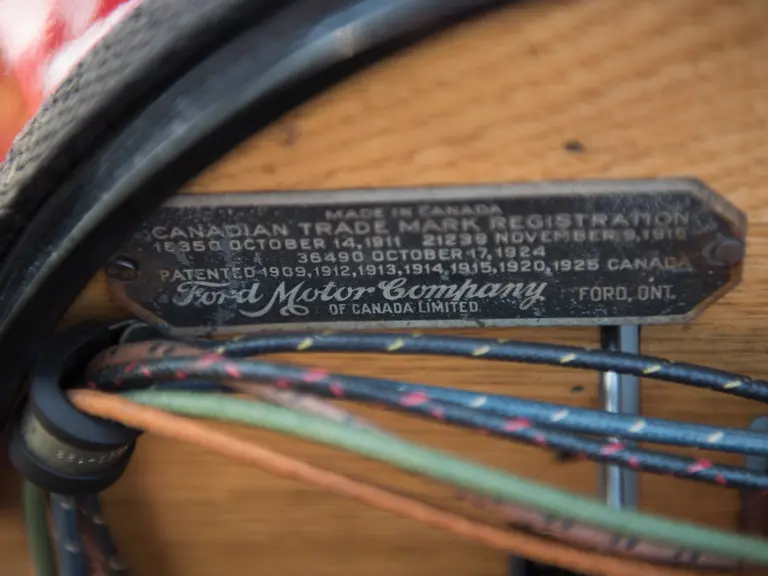
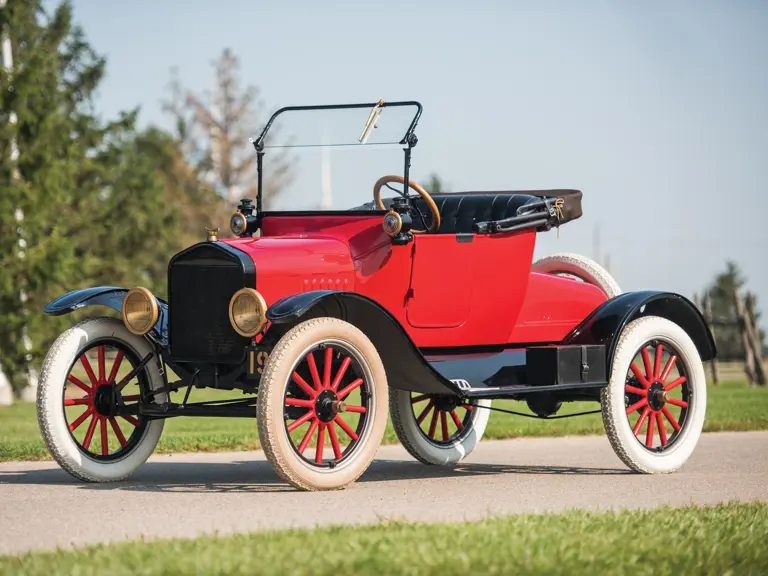
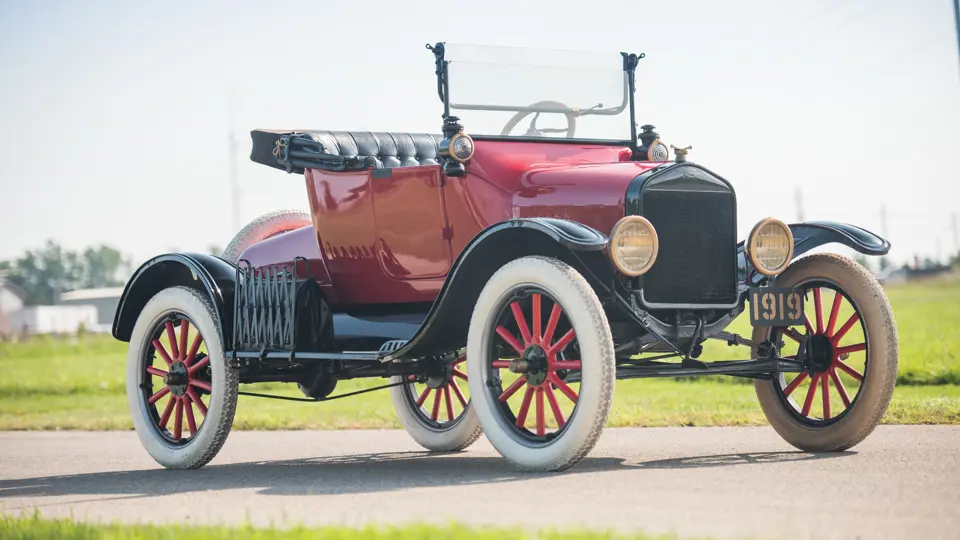
 | Hershey, Pennsylvania
| Hershey, Pennsylvania


